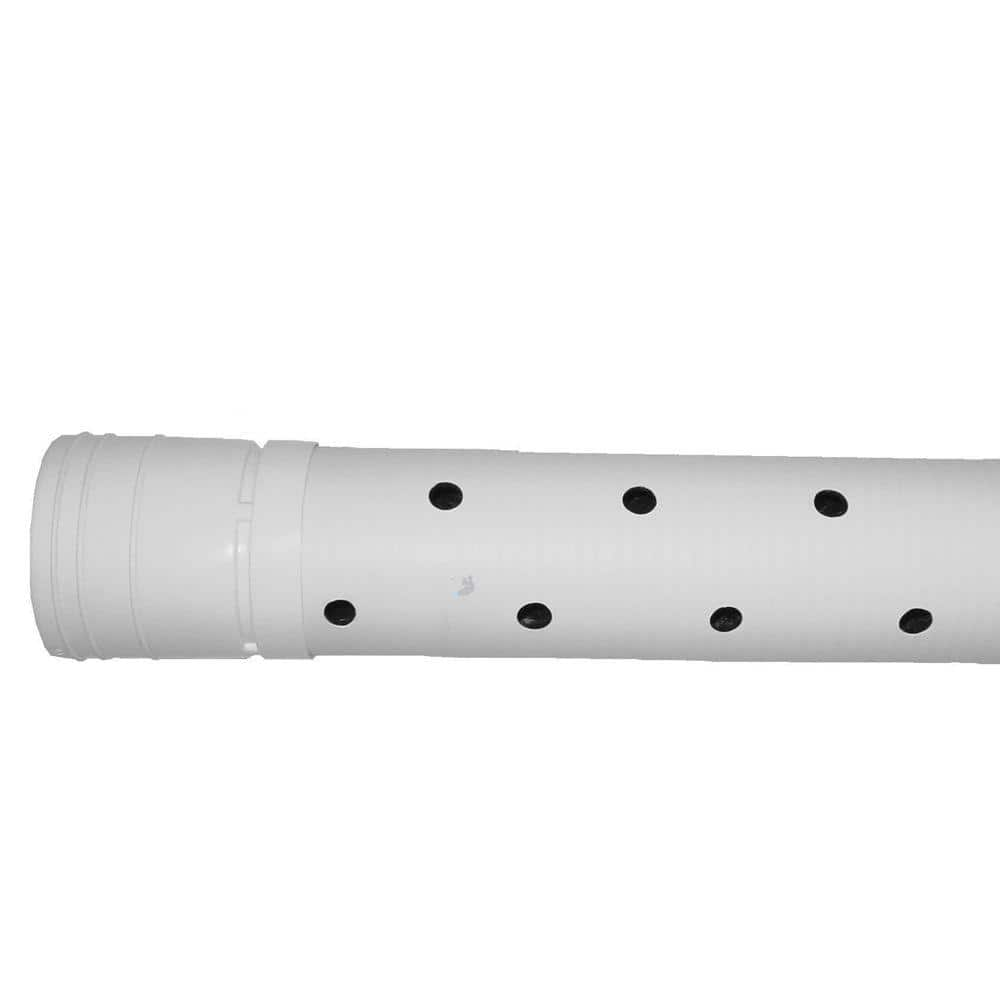A few questions . . .
My garage (poured slab with a 6-8 inch footer on top has water coming in after a heavy rain or in the Spring when the snow melts.
My plan is to dig down to the bottom of the exterior of the pad, repair any cracks and then apply some sort of water repellant (suggestions?).
I figure a French drain running along the perimeter may also help.
Question: How far out should the French drain be positioned?
Question: How far down should the French drain be located?
Right now my trench is approximately 1 1/2 feet wide from the pad out . . . and about 12 feet deep.
I don't understand why your trench would be 12 feet deep???
I've done many french drains over the years. Owned a landscaping business for several years and that was part of what we did.
1. Dig down carefully to expose the concrete. Preferably down to the footings. Consider hiring someone for this part mainly for the insurance coverage. If you do it yourself, stay back with the machine a foot or two and clean the walls up with a flat shovel.
2. Waterproof. Find whatever you can in bulk but make sure it's system that you use some sort of protective board over the top.
3. The most effective way to do a French drain is to place it about level with footing if ground water is the problem or about 1-2' down if surface water is the problem, if going to footings stay just barely above because by the time you slope it around the garage you don't want the drain to be below the footing and you want to leave the dirt the footing is sitting on undisturbed through the whole process. Make sure you hold a couple inches high all the way around.
4. Use black corrugated pipe with the fabric already on it. It needs to be placed on undisturbed soil that is preferably gently compacted, think hand tamper, not machines. I'm always extra careful around foundations and slabs. Slope your pipe minimum 1%. I like a little more if I have the room.
5. Find gravel. I like 3/4" to 1" with NO FINES. I can't stress that enough. Had to fix a drain someone else did because the fines were clogging the fabric around the pipe. Also had to fix another drain that they used schedule 40 with no holes?!?!?!?!
6. Backfill
7. Slope dirt away from garage all the way around.
8. Drink adult beverage of your choice and wait for a big rain snow to melt.
I just realized you said slab. Assuming 4" slab. Everything above applies. As long as you have room for your pipe to be underground without digging below the slab.
Others might say it's OK to dig below the slab or foundation but when my insurance is on the line I would rather be safe.



 !!
!!